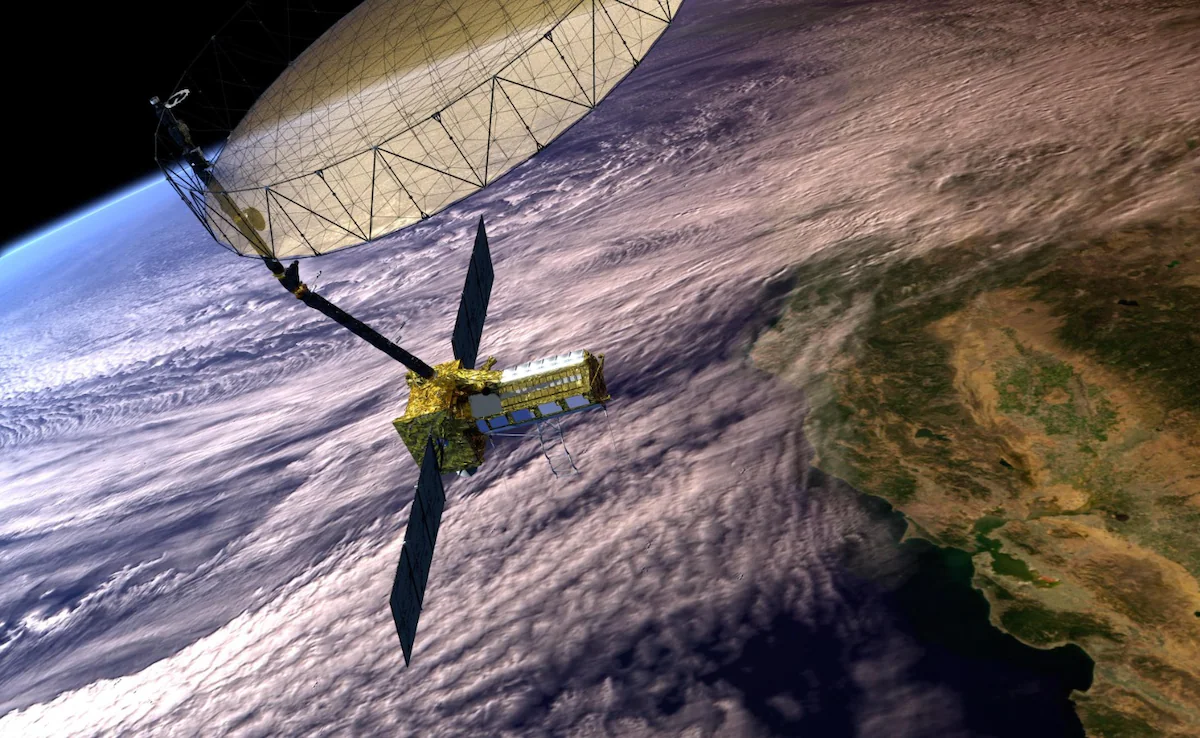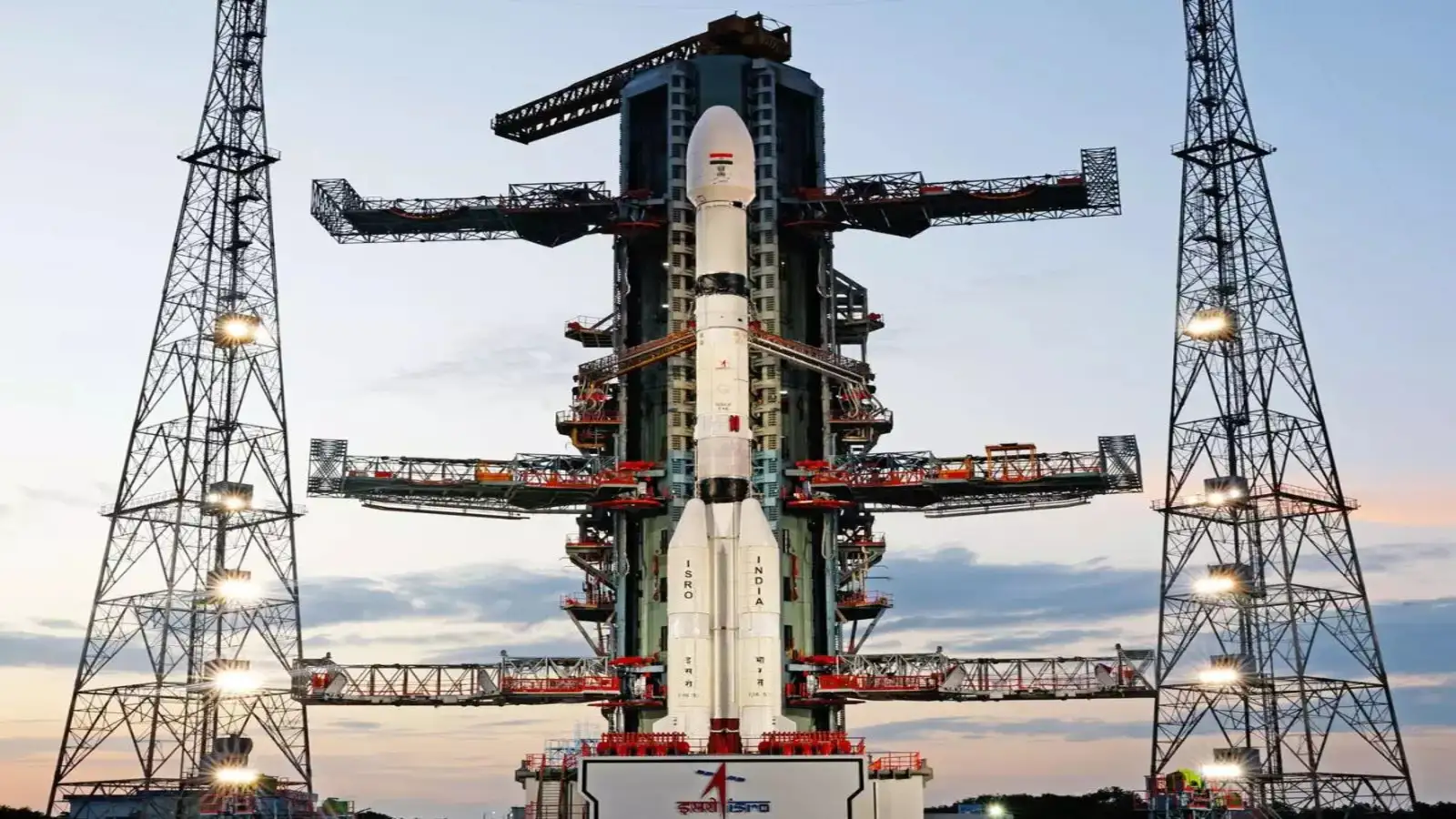The Indian Space Research Organisation (ISRO) and the US space agency NASA have launched Nisar, a powerful Earth-observing satellite that will track the smallest changes on the planet’s surface. The satellite, weighing nearly 2.4 tonnes, lifted off from the Satish Dhawan Space Centre in southern India.
Designed to monitor changes in land, oceans, and ice sheets, Nisar is a significant technological achievement and an example of international scientific cooperation.
Nisar Uses Dual Radar Technology To Monitor Earth’s Surface With Unmatched Precision
What sets Nisar apart is its use of dual radar frequencies, NASA’s L-band and ISRO’s S-band, which allow it to capture extremely fine changes in Earth’s terrain. The satellite will orbit in a sun-synchronous path, scanning the same areas every 12 days. According to experts, it can detect changes as small as a few centimeters, making it useful for tracking natural disasters, climate shifts, and even minor movements caused by human development.

Scientists expect the data from Nisar to play a critical role in forecasting and responding to events like earthquakes, landslides, floods, and forest fires. It will also monitor long-term environmental shifts such as glacier melt in the polar regions and deforestation in tropical zones.
NASA’s Earth Sciences Director Karen St. Germain emphasized that Nisar will help identify the precursors to natural hazards and track both sudden and gradual changes on the Earth’s surface.
Nisar Marks A Decade Of Collaboration And Strengthens India’s Global Space Leadership
Nisar is more than a scientific instrument; it is a symbol of enduring cooperation between two leading space powers. Developed over a decade, the mission overcame the challenges of the COVID-19 pandemic, during which teams from opposite sides of the world collaborated remotely.
Indian officials see the satellite as a symbol of their country’s growing stature in the global space community, with ISRO’s Chairman describing it as a “life-saving satellite” and a major step forward in India’s space journey.
The Nisar launch adds to a string of recent milestones in India’s space program, including the first Indian astronaut to the ISS and a historic Moon landing near the lunar south pole in 2023.
India’s space ambitions continue to grow, with upcoming plans for the Gaganyaan human spaceflight, a future space station, and even a Moon mission by 2040. Indian leaders view Nisar not only as a scientific tool but also as a diplomatic and strategic handshake with the world, strengthening India’s role in global space exploration.












Leave a Reply